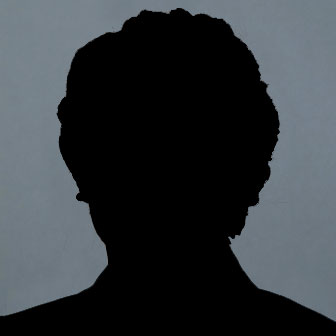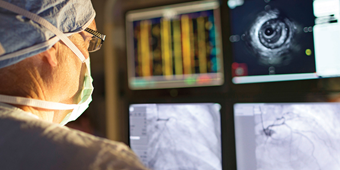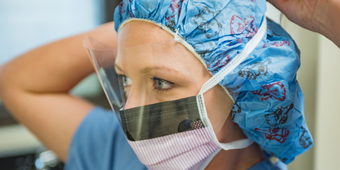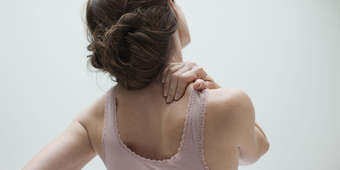The Best Gifts for a Safe Sleep Baby Shower
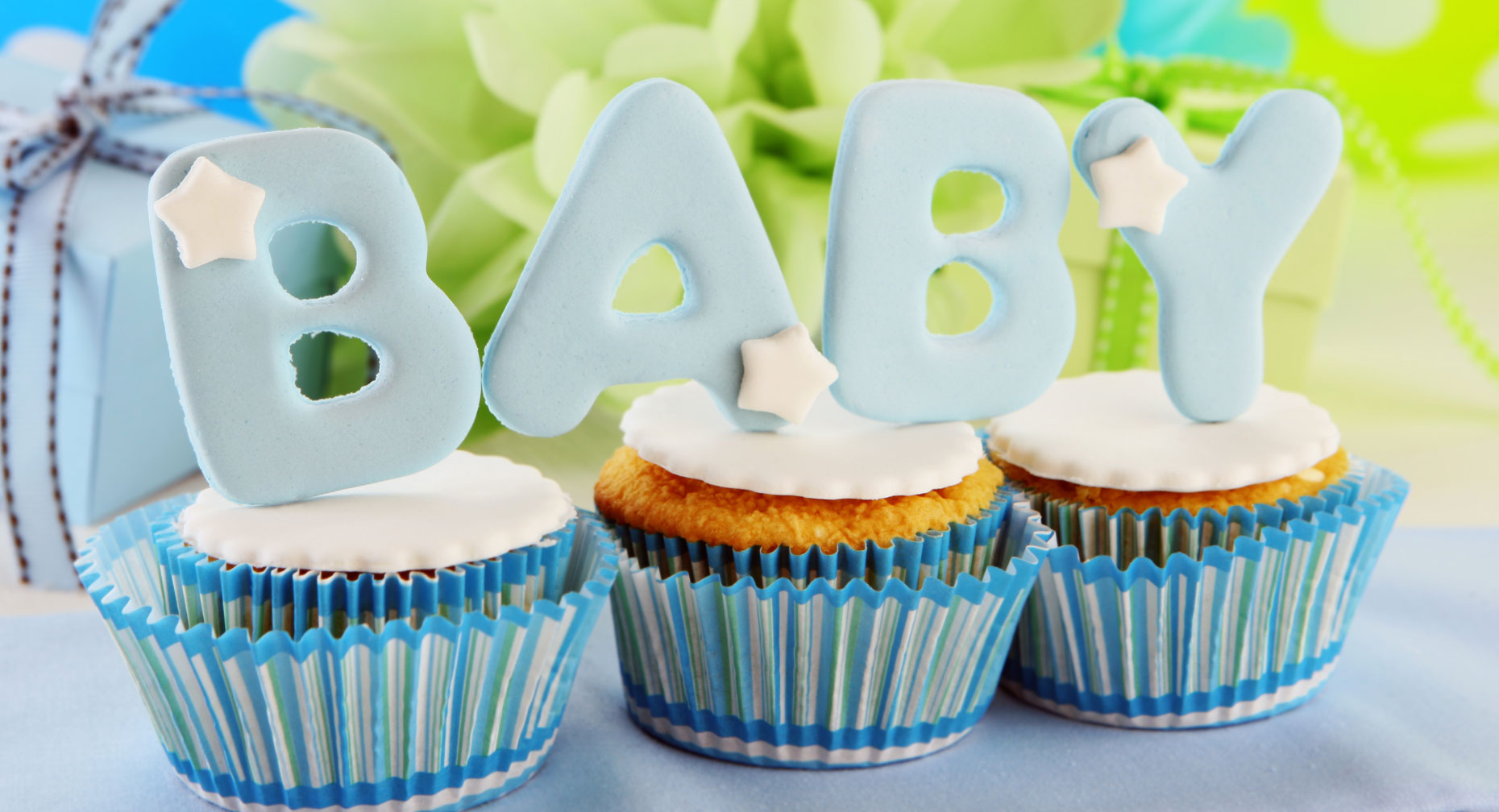
Find Your Perfect Match
Answer a few questions and we'll provide you with a list of primary care providers that best fit your needs.
You’ve been invited to a baby shower where the theme is safe sleep. You’ll find plenty of items on the market today related to babies and sleeping. But which of those dozens of products are good for SAFE sleeping?
Safe sleep refers to sleep practices that lessen a baby’s chances of dying from a sleep-related death. SIDS (sudden infant death syndrome and other sleep-related deaths — often due to suffocation, strangulation, or entrapment — occur most frequently in the first 12 months of life.
Melinda Mintkenbaugh, RN, emphasizes that ensuring a baby has a safe sleep environment doesn’t require a lot of money. The basics of safe sleep are that babies be put to bed alone, on their back, and in their own sleep space such as a crib or bassinet. “The current recommendation is that you should room share but never bed share,” Mintkenbaugh says. “Babies should always have their own sleep space.”
So, what gifts should you give and what should you steer clear of? Mintkenbaugh has plenty of suggestions. Use these ideas to put together your safe sleep shopping list.
Do Shower the New Mom With These Gift
Sleeping Space
Any of the following sleep environments should meet the latest safety standards:
- Crib. Plan to do some serious homework when buying a crib. First, make sure it was manufactured after June 28, 2011, says the Consumer Product Safety Commission. Drop-rail cribs are no longer being manufactured and should not be used due to the risk of suffocation. Spacing between crib slats should be 2-3/8 inches or less. These recommendations are in place to keep babies safe. Stick to the most updated guidelines.
- Play yard or portable crib. Some of these have an attachment at the top for infants and newborns. Use the attachment for changing diapers or clothing, and use the mattress below for sleep time.
- Co-sleepers. Any co-sleepers need to be properly assembled and used as intended, next to the parent bed (not in or on the parent bed).
- Bassinet. These are fine to use, but make sure they don’t have any fluff or ruffles like the bassinets of days gone by. All baby needs is a firm, flat mattress covered by a tight-fitting sheet specifically made to be used with the bassinet mattress. Pediatricians often recommend making the switch from a bassinet to a crib around 3 to 4 months, and certainly when baby begins rolling from back to front.
Accessories
- Pacifiers. Recent studies have shown that pacifier use may help reduce the risk of SIDS. Occupational therapists recommend using the style similar to the one provided at the hospital. Pacifiers should not be attached to strings or clips due to possible choking hazards.
- Breastfeeding accessories. Studies also show that breastfeeding can help reduce the risk of SIDS. So if the guest of honor is planning on breastfeeding, select any related items to help her out. This includes a breast pump, bottles, breast milk storage bags, breast pads, a nursing cover, etc.
- Fitted crib sheets. Make sure these fit whatever sleep device the baby is using, whether it’s a crib, co-sleeper, or portable crib/play yard.
- Firm mattress. The flatter and firmer, the better. Make sure it has a safety tag and meets the most up-to-date safety standards.
- Sleep clothing. This includes wearable blankets and sleep sacks, as well as sleepers and onesies.
- Playmat for tummy time. Tummy time helps to strengthen a baby’s neck muscles and avoid flat spots on the head from the back sleeping position. Every baby should have tummy time when the baby is awake and supervised. (Helpful hint: If a blanket or quilt is received as a gift, keep it out of the crib and use it for tummy time instead.)
- Sound machines or sleep machines. These are sometimes helpful for babies who are restless. Any attached cords should be kept well away from the baby’s sleep space where she could reach it as she gets older.
- Diapers, wipes, and gift cards. If you’re overwhelmed with the choices or think Mom and Dad might want to select their own safe sleep products, these gifts are always a great option.
Don’t Give These Items
- Blankets, quilts, and comforters. These should never be used for baby to sleep with. (Helpful hint: If bedding comes with a quilt, use it as a wall hanging to decorate baby’s room, out of baby’s reach.)
- Slings and front baby carriers. There are specific safety guidelines for using these. The newborn’s parents need to talk with their baby’s doctor to determine the best choices for their child.
- Pillows. Babies do not need and should not use a pillow within the first year of life. Pillows pose a suffocation risk as the baby can become trapped under it.
- Bumper pads. Never use bumper pads in a crib, not even mesh ones, due to the risk of suffocation, strangulation, and entrapment. (“Throw them out!” says Mintkenbaugh.)
- Wedges/sleep positioners. These are strongly discouraged for the same reasons that pillows are not recommended for babies. It’s best to get rid of any positioners too.
- Monitors or machines that promise to reduce SIDS. These monitors have not been found to lower the risk of SIDS. If parents do choose to use one of these, it should be all one piece and should not restrict baby’s movements. (Helpful hint: In some instances, these products may be medically ordered or prescribed.)
- Soft stuff: waterbeds, water mattresses, fluffy mattress pads, and stuffed animals. These all run the risk of contributing to suffocation. None of them belong in an infant’s bed.
Ensuring a baby has a safe sleep environment doesn’t require a lot of money.
Much research continues to be done related to safe sleep, according to Mintkenbaugh. Recommendations can change based on new study outcomes and what’s safest for babies. It’s wise to stay on top of the latest guidelines, as they can change from year to year.
Find Your Perfect Match
Answer a few questions and we'll provide you with a list of primary care providers that best fit your needs.
Source: Melinda Mintkenbaugh, RN; American Academy of Pediatrics
